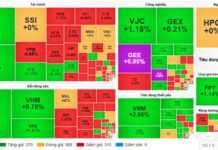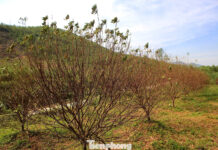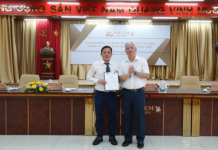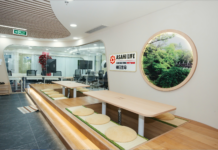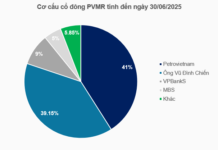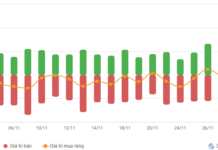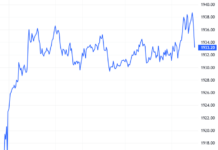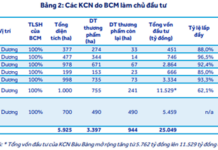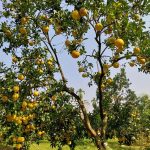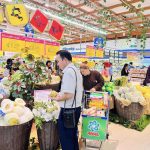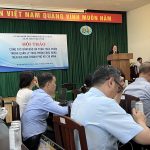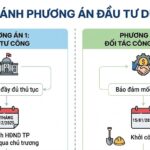In the outskirts of Hanoi, such as Thanh Oai, Thuong Tin, Thanh Tri, and even in inner-city areas like Dinh Cong (Hoang Mai) and Dong Mai (Ha Dong), it is common to find small-scale, unlicensed slaughterhouses. However, thousands of livestock and poultry are slaughtered and sold from these facilities every day.
70% OF FACILITIES OPERATE WITHOUT A LICENSE
According to the Department of Animal Health (MARD), as of the end of 2023, there were only about 470 centralized slaughterhouses for livestock and poultry in Vietnam that had been granted certificates for meeting sanitary and food safety standards, with veterinary staff controlling the slaughtering process as regulated.
Some localities that are doing well in organizing centralized and industrial-scale animal slaughtering, making it easy to control food safety and trace the origin of products, include Ho Chi Minh City, Ha Tinh, Da Nang, Long An, Thua Thien – Hue, and Ba Ria – Vung Tau.
In contrast, there are still 24,650 small-scale slaughterhouses across the country. Notably, 70% of these facilities are operating without a license. In these unlicensed abattoirs, the rate of disease control, food safety, and traceability of livestock products is low or non-existent.
Due to their operational nature, which often involves working in the middle of the night and finishing early in the morning, it is challenging for authorities to access and penalize these slaughterhouses. Additionally, there are still many small-scale, unhygienic poultry slaughter points in the makeshift markets that have sprung up across the city.
Mr. Nguyen Van Long, Director of the Department of Animal Health
Hanoi is one of the worst-performing localities in the country when it comes to managing the slaughter of livestock and poultry. According to the Department of Animal Health, there are about 735 industrial-scale slaughterhouses for livestock and poultry in Hanoi, including only eight large-scale ones. The remaining facilities use manual slaughter methods, and only over 60% of the livestock and poultry products consumed in the city are under control, with the rest being left unregulated.
Mr. Nguyen Van Long, Director of the Department of Animal Health, attributes the situation to the fact that building centralized slaughterhouses requires significant capital, but the output is still challenging due to a lack of enterprise interest. Additionally, slaughterhouses have not yet recognized the importance of centralized slaughtering and are instead focused on immediate gains. The progress of constructing centralized slaughterhouses in many places is slow, and there is a lack of realistic mechanisms regarding land funds and investment capital to attract business participation.
MODERN SLAUGHTERHOUSES FACE MANY DIFFICULTIES
The pig slaughterhouse of CP Vietnam Livestock Joint Stock Company in Phu Nghia Industrial Park (Chuong My, Hanoi) started operating at the beginning of 2024 with modern machinery and equipment. It is built on an area of 6 hectares, with a slaughtering capacity of 2,000 pigs per day.
Mr. Kieu Dinh Thep, Deputy General Director of CP Vietnam Livestock Joint Stock Company and Director of CP Pig Slaughterhouse in Phu Nghia, said that the input of the slaughterhouse uses pigs raised in the company’s farms in the North. All pigs are guaranteed to be free from diseases and undergo strict testing before leaving the farm. The entire slaughtering process is automated, and veterinary staff from the Animal Health Department are stationed at the slaughterhouse to directly inspect and stamp the seal of inspection on the pig carcasses that meet the standards.
“The slaughterhouse is designed not only to meet the consumption needs of Hanoi but also to meet export standards. It has laboratories to test for microbiological and heavy metal factors in products before they leave the factory. In the future, if we can find import partners for Japanese pork, the slaughterhouse will work with the Department of Animal Health and relevant agencies to meet the strict requirements of importing countries,” said Mr. Thep.
Currently, the CP pig slaughterhouse in Phu Nghia only slaughters a few hundred pigs per day, which is very low compared to its designed capacity. This is because there are many small-scale slaughterhouses, making it difficult for modern slaughterhouses to compete.
Mr. Thep calculated that due to the need to depreciate the investment in machinery and equipment, along with the cost of land, infrastructure, and wastewater and waste treatment, the slaughtering cost at the CP slaughterhouse is currently as high as VND 4,500/kg of pork. In contrast, small-scale slaughterhouses only cost about VND 700/kg of pork. Because of the high costs, the price of CP pork is higher than that of manual slaughterhouses, making traders in traditional markets less inclined to buy hogs from the CP slaughterhouse. The output of the slaughterhouse mainly supplies to supermarkets and CP shops.
Mr. Nguyen Tu Nam, Deputy General Director of CP Vietnam Livestock Joint Stock Company, in charge of the pig farming chain, said that CP sells tens of thousands of live pigs every day, and the proportion of pigs brought to the slaughterhouse is insignificant. Compared to selling live pigs, bringing them to the slaughterhouse for processing results in losses.
“In the past, we sold 15,000 live broilers per day. When we first built the poultry slaughterhouse, we only slaughtered a few hundred chickens per day for many years, and it was challenging to open the market. But no one thought that now, this poultry slaughterhouse operates at a capacity of 40,000 chickens per day,” said Mr. Nam.
The CP slaughterhouse is currently operating at a loss, but it is part of the company’s plan. The company always prioritizes the community’s interests and does not solely focus on profit. “Our philosophy is that both farmers and CP must win. Building this slaughterhouse is for the future,” emphasized Mr. Nguyen Tu Nam…
The content of this article was published in the Vietnam Economic Magazine, Issue 26-2024, released on June 24, 2024. Please visit the following link to read the full article: here
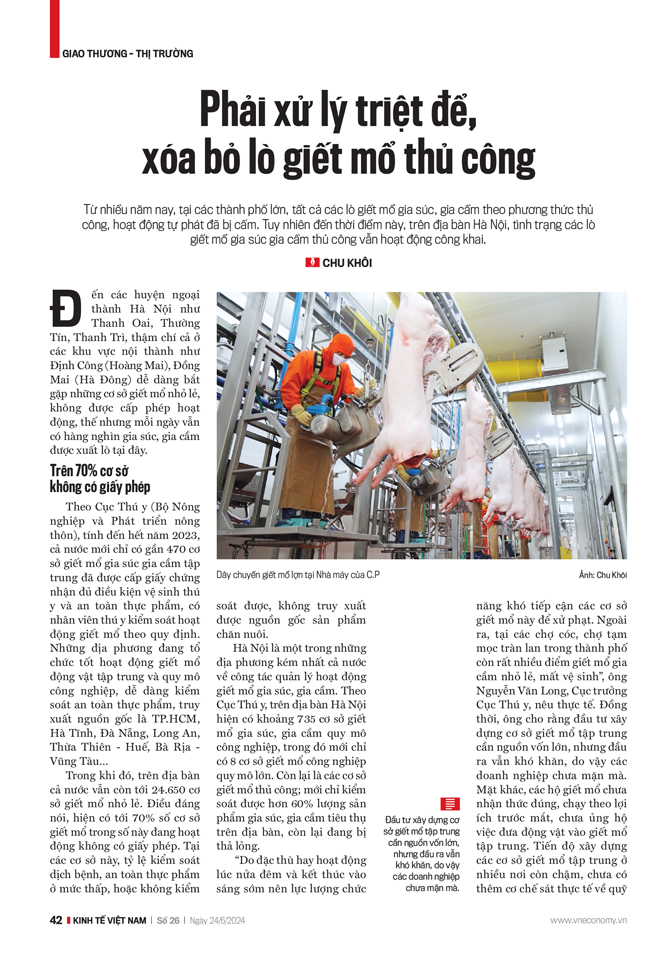
Vietnam and Italy Boost Collaboration to Promote Agricultural Trade
The Minister of Agriculture and Rural Development, Mr. Le Minh Hoan, emphasized the importance of food safety to protect consumers. The Ministry of Agriculture and Rural Development of Vietnam highly values the issue of food safety and is committed to supplying high-quality agricultural products that are environmentally friendly, responsible, transparent, and sustainable.
“Miracle Cure” Health Supplement is Back with Wild Claims
Ho Chi Minh City’s Food Safety Department to enhance inspections of functional food production and trading activities in the near future.

